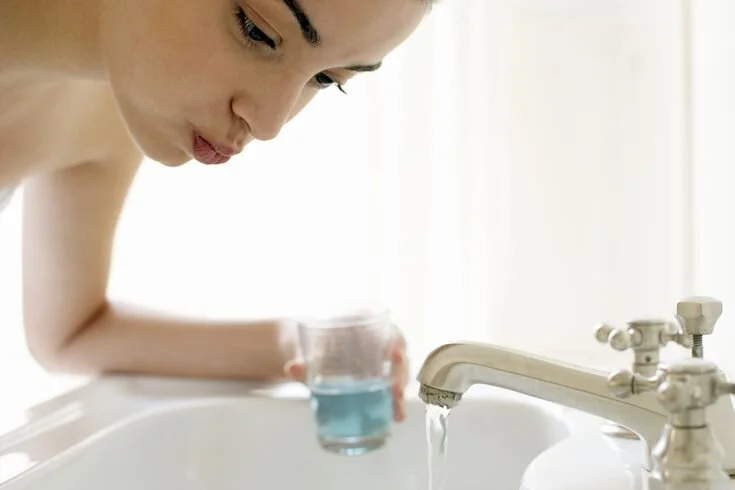SLEEMOD ORAL RINSE
SLEEMOD ORAL RINSE
Hydrogen Peroxide cleanses wounds associated with oral and gum irritations
Powerful alcohol-free formula
Scientifically formulated for a gentle, yet effective clean
No added artificial dyes, parabens, gluten, or Sodium Lauryl Sulfate (SLS)
For mouth sores including:
o Canker sores
o Cheek bites
o Braces
o Denture irritations
Cleanses Cheek, Tongue, and Gum Irritation
Mouth sores as a result of bites, braces, denture irritations, and wounds can leave your mouth feeling uncomfortable. Properly cleansing the wound can help keep the irritated area clean to help promote the body’s natural healing process. Swishing with a special care rinse like Oral-B Mouth Sore can help cleanse minor oral wounds and irritations.
Dentist Inspired Rinse, Scientifically Formulated
Mouth sores can be painful. That’s why the oral health experts at Oral-B crafted a specialized mouthwash solution that cleanses canker sores, cheek bites, wounds caused by braces and dentures, and oral and gum irritations.
How Effective are Oral Rinses?
Dental experts differ on the effectiveness of oral rinses for improving oral health. Most dental organizations – including the ADA and the Academy of General Dentistry (AGD) – concur that the benefits of oral rinses depend on the type of rinse used. For instance, both groups agree that fluoride rinses reduce bacteria that cause cavities and that use of a cosmetic oral rinse will freshen breath for several hours. However, some oral rinses can stain or cause discoloration to teeth.
Also, while some anti-cavity rinses have been clinically proven to fight up to 50 percent more cavity-causing bacteria, initial studies have demonstrated that most OTC anti-plaque rinses and antiseptics are not much more effective against plaque and gum disease than simply rinsing with water. The ADA emphasizes that cosmetic oral rinses merely mask – not eliminate – bad breath for a few hours. Many dental experts consider the use of fluoride toothpastes as sufficient anti-cavity protection for most individuals.
Despite such statements, many dentists recommend that their patients use an oral rinse as part of their regular oral health regimen. Just keep in mind that an oral rinse is intended to be a supplement to, not a replacement for, daily tooth brushing and flossing.
How to Rinse Properly?
According to the ADA, the order in which you brush, floss and rinse does not make a big difference. Most people, though, prefer to brush and floss teeth before using an oral rinse. Teeth should be as clean as possible before applying an anti-cavity oral rinse in order to get the full preventative benefits.
Check the oral rinse’s label for recommendations on how and when to use the product, and look for products that have the ADA’s seal of acceptance.
Measure the proper amount of rinse recommended on the bottle or by your dentist. Do not dilute.
Close lips and, keeping your teeth slightly apart, swish the liquid around your mouth. Make sure to swish vigorously and thoroughly so that the rinse reaches the front and sides of your mouth equally.
Being careful not to swallow, gargle by raising your chin and saying “aahh” while holding the rinse in your mouth. This is especially good for reaching the back of your tongue, where bacteria may accumulate.
Continue rinsing for about 30 seconds, then completely spit the rinse from your mouth.
Avoid rinsing, eating or smoking for 30 minutes after using an oral rinse, as this will lessen its effectiveness.


